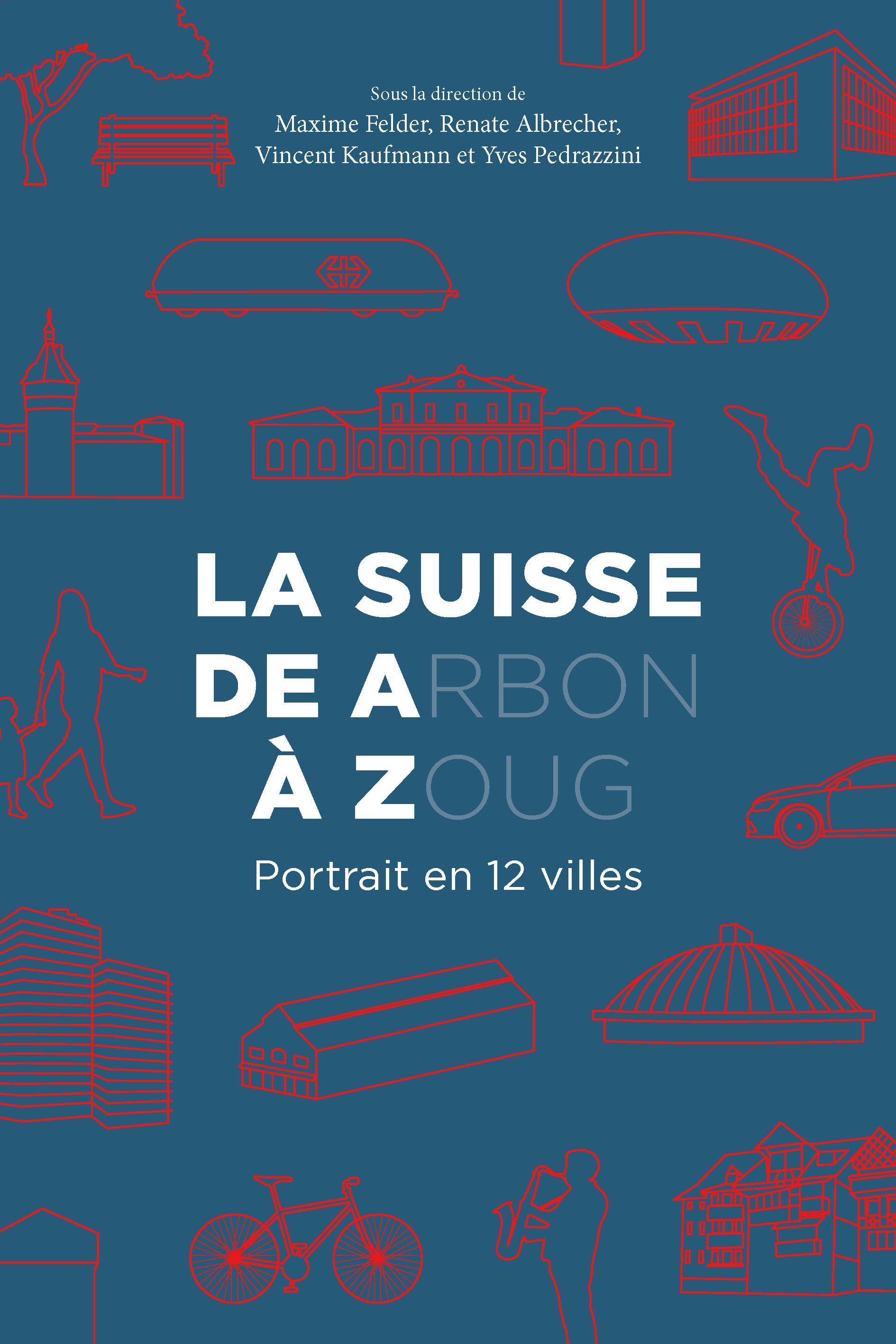"La Suisse de A(rbon) à Z(oug): Portrait en 12 villes", a new book published by EPFL Press, eschews the traditional focus on major conurbations. Each chapter is penned by a researcher working in the humanities and social sciences, who provides insights into the city they know best through a dual lens: as both an expert and a resident.
This publication, written under the direction of EPFL's Laboratory of Urban Sociology (LASUR), takes a novel approach to Switzerland's urban landscape. It deliberately goes against the grain of conventional research in this field, which has long focused on major conurbations and comparisons between large cities. In 2005, a group of prominent architects, including Jacques Herzog and Pierre de Meuron, published Switzerland. An Urban Portrait, a seminal collective work that drew a dividing line between "metropolitan regions" and "quiet zones." "We chose to focus on these 'quiet zones' because they have a lot to teach us," says Vincent Kaufmann, who heads the LASUR laboratory. Over the years, Kaufmann has organized regular field visits to medium-sized Swiss cities where members of his lab live or that they know very well. It was during one of these trips in 2018, to Payerne, that he came up with the idea for La Suisse de A(rbon) à Z(oug): Portrait en 12 villes, which was recently published by EPFL Press.
Fewer than 60,000 residents
The book's four editors, all members of the LASUR lab, brought in experts in the humanities and social sciences, each of whom was asked to write a chapter about a city with fewer than 60,000 residents where they'd lived for a long time. The locations had to span all four of Switzerland's language regions and be far enough away from Zurich, Geneva and other major urban centers to escape their influence. The following 12 cities were chosen: Arbon, Bellinzona, Biel/Bienne, La Chaux-de-Fonds, Chiasso, Chur, Martigny, Neuchâtel, Schaffhausen, Sierre, Thun and Zug. Each author was tasked with blending expert insights with their impressions as a resident. "This unique approach allows for contrasting interpretations and analyses," says Maxime Felder, one of the co-editors. Some of the researchers shared their frustrations with various aspects of local life, such as a lack of daycare spaces, while others sang the praises of the place they call home. But behind these subjective portraits lies a vibrant, diverse urban fabric - one that raises a fundamental question: what's the difference between small and medium-sized cities?
Population centers in this size category share similar dynamics. "Lots of things happen and play out within them," stresses Kaufmann, who describes medium-sized Swiss cities as "social integration machines where a shared rural culture and a strong sense of community make it easier for locals and newcomers to coexist." Mobility also emerges as a key theme, but not just from the perspective of commuters. In Chur, for instance, there's a marked difference between the time it takes to travel to Zurich and to reach the valley floors.
Switzerland's urban landscape is far from one huge conurbation. Rather, it's a web of small cities.
Reaping the benefits of government decentralization
These cities are also home to decentralized government agencies and bodies, such as the Swiss Federal Statistical Office in Neuchâtel and the University of Applied Sciences of Western Switzerland in Sierre. These institutions are the engine room of the local economy, drawing in workers from outside the area. Another common feature is a very specific local identity. In some instances, such as in Chiasso, this identity is linked to the city's geographical location. In others, it stems from a cultural event like La Plage des Six Pompes, a street art festival in La Chaux-de-Fonds.







